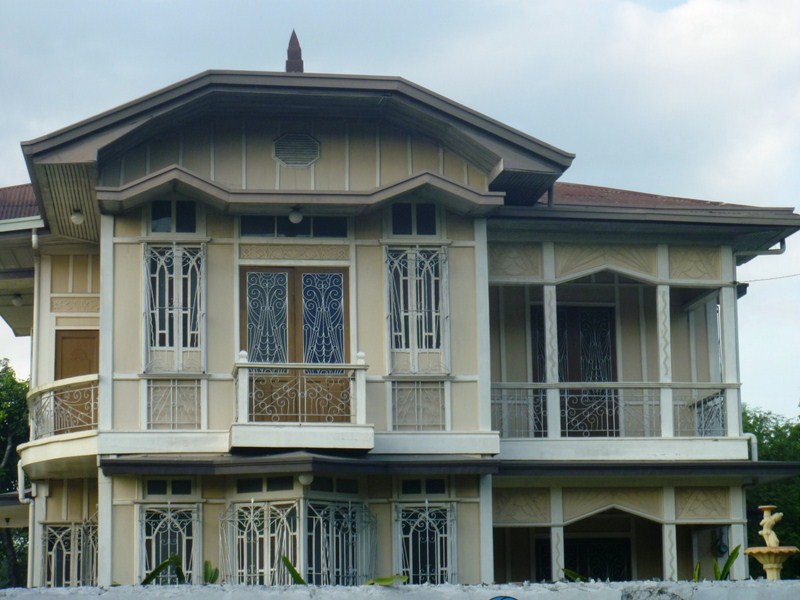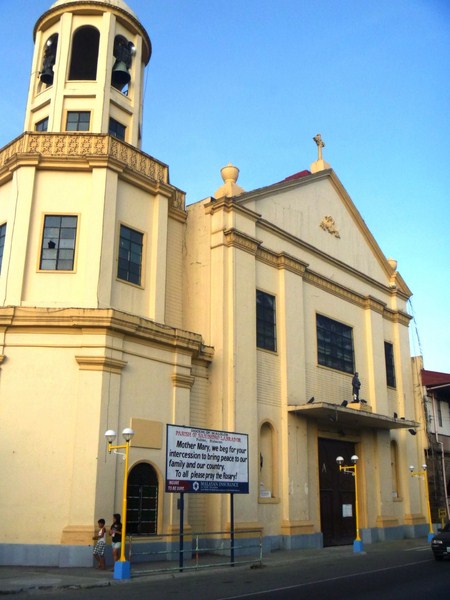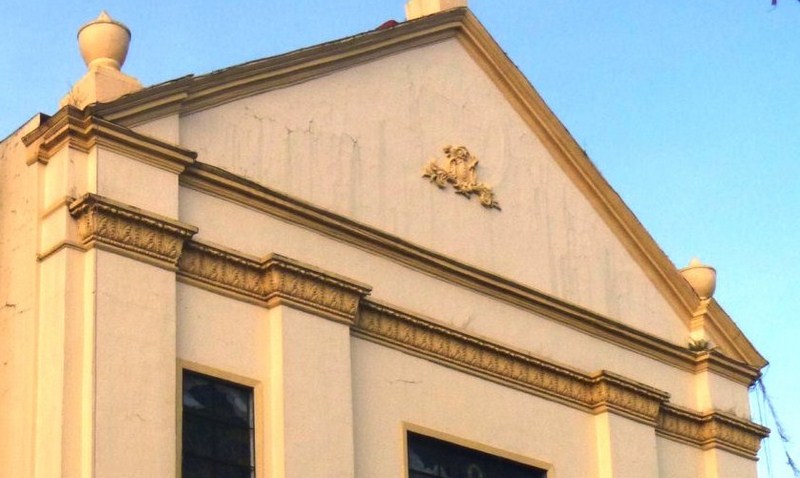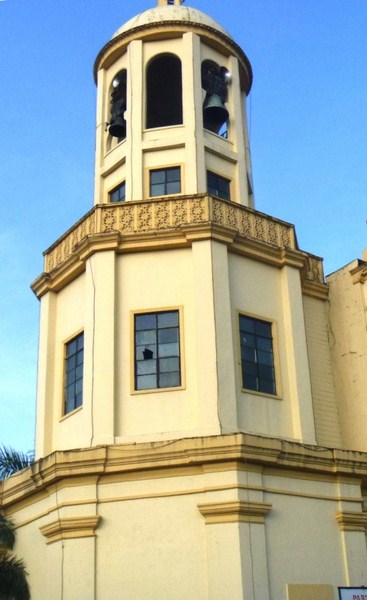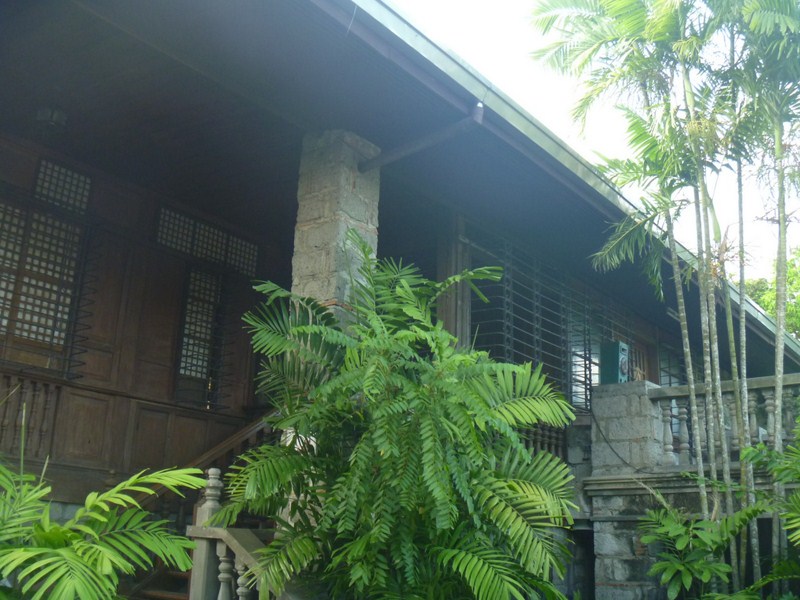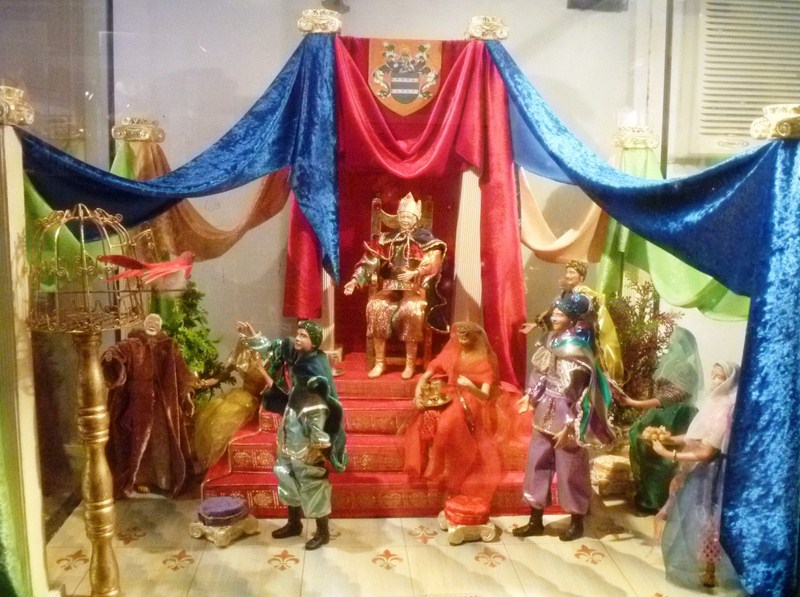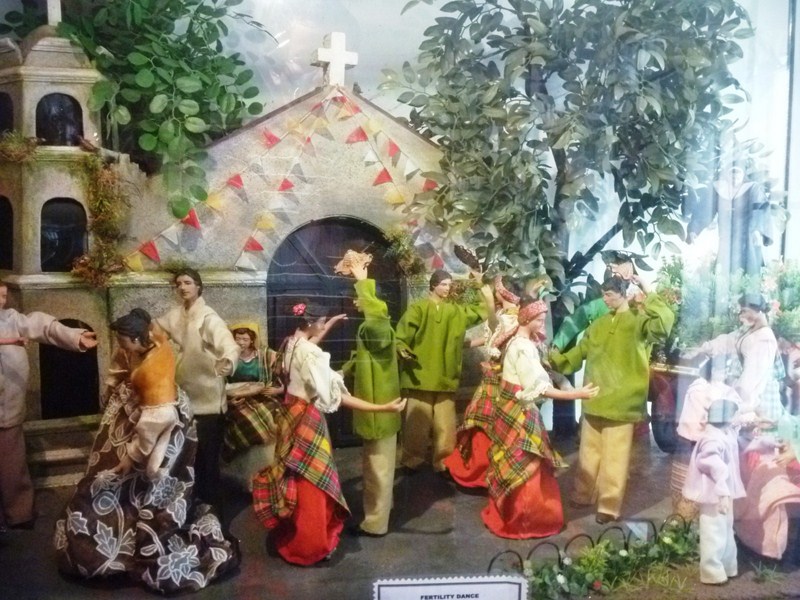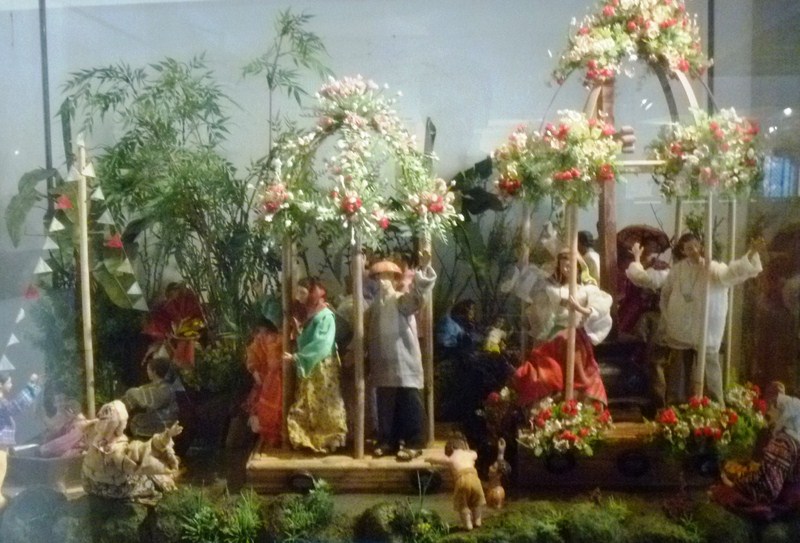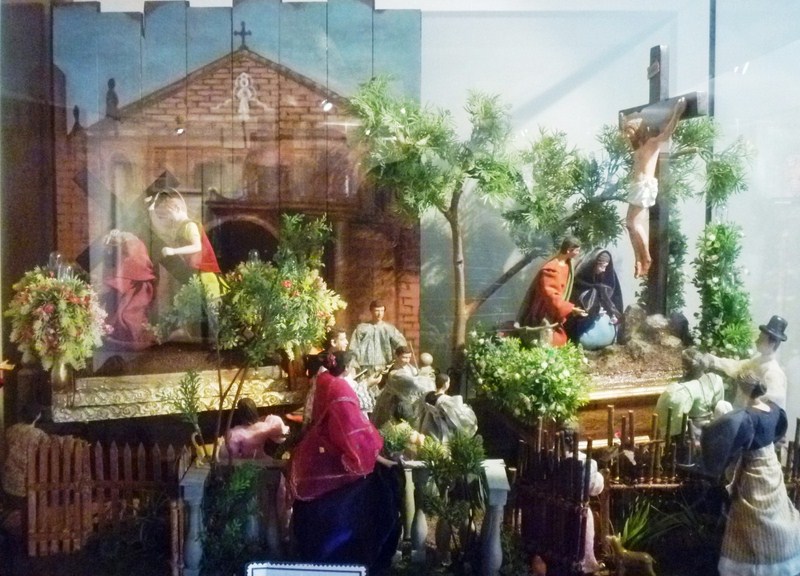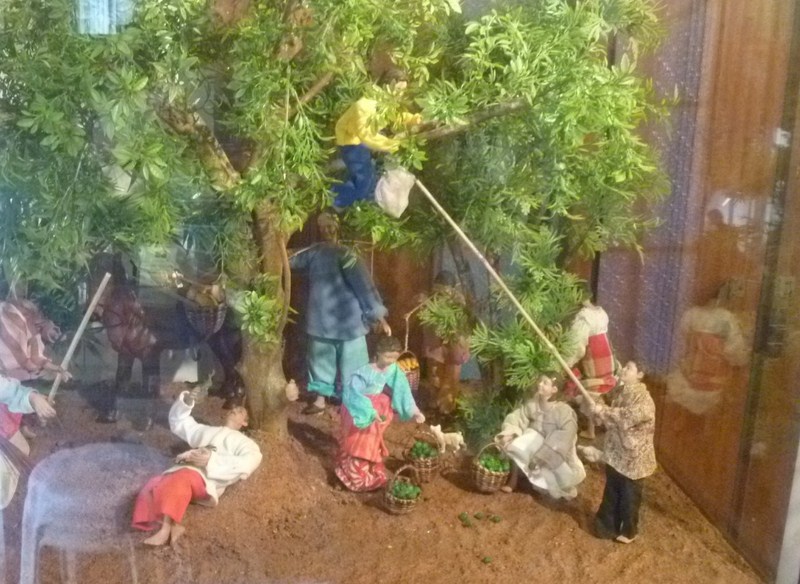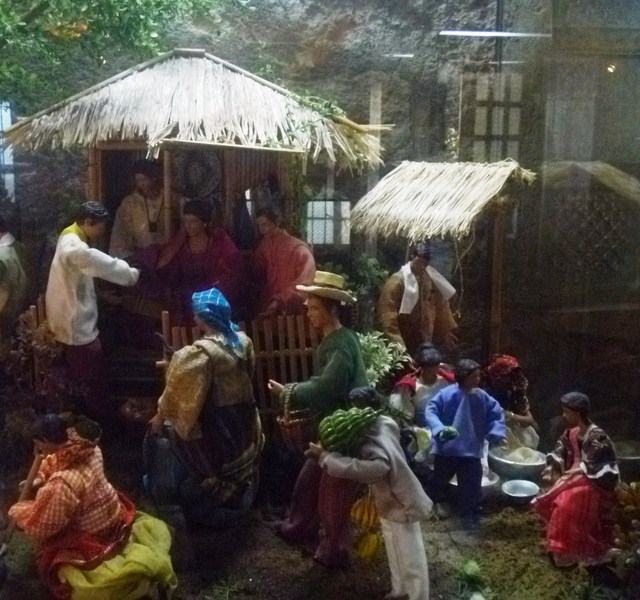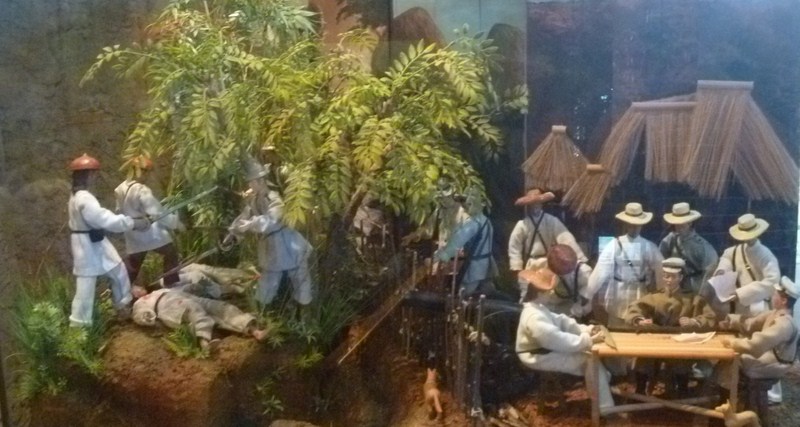From Pulilan Butterfly Haven and Resort, Jandy and I made our way back to Manila via NLEX which we plan to enter via the Pulilan Exit. Along the way, we passed through the center of Pulilan town and made a short stopover there for merienda, parking our Toyota Revo at the plaza in front of the town’s Diocesan Shrine of St. Isidore the Farmer (San Isidro Labrador). The church was closed during our visit and I could only admire it from outside.
Check out “Pulilan Butterfly Haven and Resort“
| Church of St. Isidore the Farmer |
During the Carabao Festival (May 15, Feast of San Isidro Labrador), the church is the site where carabaos (water buffalos) are made to kneel or genuflect with its two front legs as a sign of reverence to the patron saint. Like the Church of St. Augustine from the nearby town of Baliuag, the church is also known for featuring one of the longest Holy Week processions with at least 110 floats.
Check out “Diocesan Shrine of St. Isidore the Farmer“
| Pulilan Municipal Hall |
| Museo de Pulilan |
From the plaza, we walked, along a side street, to the municipal hall where we had some burgers and soft drinks at a nearby refreshment stand. Across the municipal hall is the Municipal Trial Court Bldg. which also houses the Museo de Pulilan.
From the town proper, the back of Aguirre Ancestral House (home of the aforementioned Pulilan Butterfly Haven and Resort) can be seen. After merienda,we retraced our steps back to the car and proceeded on our way back to Manila.

